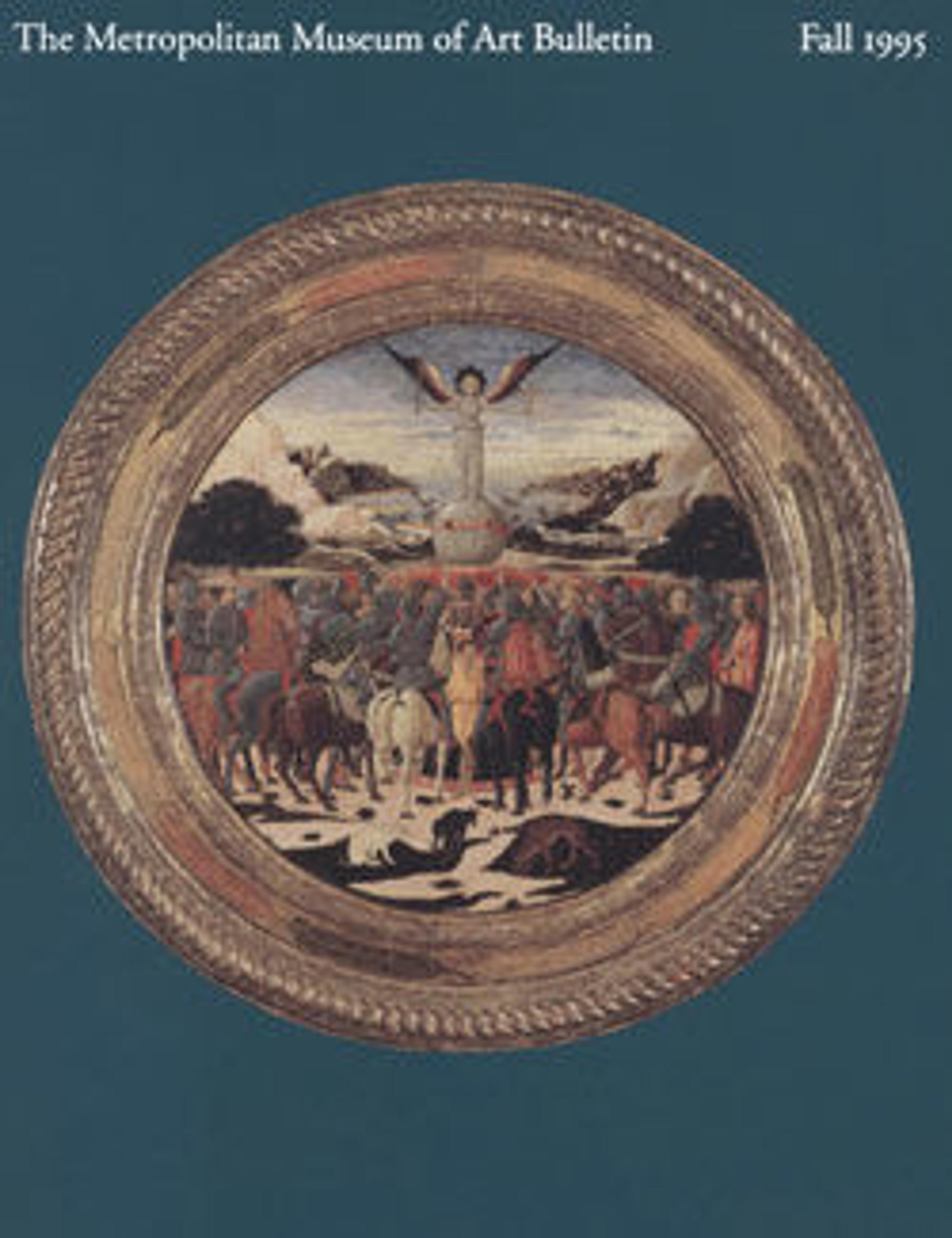Nashville
In the early 1960s Friedlander made a small series of photographs of television sets while traveling across America on two Guggenheim Foundation fellowships (1960 and 1962) and on editorial assignment for several popular men's magazines. The witty, often ironic pictures provide intuitive commentary on television as "the plug-in drug," the revolutionary fixture of twentieth-century life which may be the central image of the age. Most of these photographs were made in an appropriately modern, artificial space—a motel room—which is at once bedroom, living room, and theater. They connect Friedlander to several generations of artists that include Edward Hopper and Alfred Hitchcock, both of whom were fascinated by the psychology and alien environment of the American traveler.
Outfitted with Martian-like antennae, the television sets broadcast scenes from movies, sitcoms, and advertisements but beam their ambiguous images into otherwise empty rooms. Although the advertisement here may be for cold medicine, Friedlander's photographs reflect on the fine line between pain and pleasure, tragedy and comedy, the sanitized and the erotic, and are as dense with mixed messages as a typical evening of television.
Outfitted with Martian-like antennae, the television sets broadcast scenes from movies, sitcoms, and advertisements but beam their ambiguous images into otherwise empty rooms. Although the advertisement here may be for cold medicine, Friedlander's photographs reflect on the fine line between pain and pleasure, tragedy and comedy, the sanitized and the erotic, and are as dense with mixed messages as a typical evening of television.
Artwork Details
- Title: Nashville
- Artist: Lee Friedlander (American, born Aberdeen, Washington, 1934)
- Date: 1963
- Medium: Gelatin silver print
- Dimensions: 24.5 x 16.5 cm (9 5/8 x 6 1/2 in. )
- Classification: Photographs
- Credit Line: Purchase, Harriette and Noel Levine Gift, 1995
- Object Number: 1995.168.1
- Curatorial Department: Photographs
More Artwork
Research Resources
The Met provides unparalleled resources for research and welcomes an international community of students and scholars. The Met's Open Access API is where creators and researchers can connect to the The Met collection. Open Access data and public domain images are available for unrestricted commercial and noncommercial use without permission or fee.
To request images under copyright and other restrictions, please use this Image Request form.
Feedback
We continue to research and examine historical and cultural context for objects in The Met collection. If you have comments or questions about this object record, please contact us using the form below. The Museum looks forward to receiving your comments.
